There's a common misconception that "chili flakes" and "red pepper flakes" are different products—but in reality, these terms are often used interchangeably, especially in the United States. This guide clarifies the truth behind the confusion, explains regional naming differences, and helps you choose the right spice for your dishes. Let's cut through the noise with accurate, expert-backed information.
Table of Contents
- Introduction
- The Truth Behind the Terms
- Regional Naming Differences
- When to Use Each
- Buying Guide: What to Look For
- Frequently Asked Questions
- Final Thoughts
The Truth Behind the Terms: Are They Different?
Contrary to popular belief, "chili flakes" and "red pepper flakes" typically refer to the same product in most contexts. In the U.S., "crushed red pepper" (often labeled "red pepper flakes") is the standard term for dried, crushed cayenne peppers. The term "chili flakes" is frequently used interchangeably, though it can sometimes refer to specific regional varieties like Korean gochugaru. Historical trade data confirms this interchangeability: U.S. spice import records from 2020-2023 show "red pepper flakes" and "chili flakes" listed under identical HS code 0904.22 for dried Capsicum annum varieties (U.S. International Trade Commission, https://dataweb.usitc.gov/).
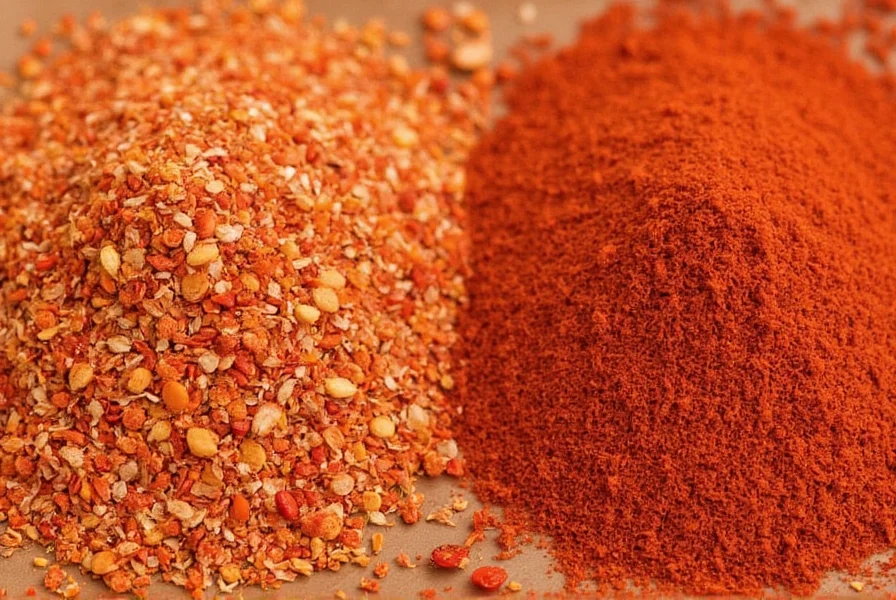
Regional Naming Differences: What's Really Going On?
The confusion stems from regional labeling practices, not actual product differences. A key factor is the 1950s standardization of cayenne-based flakes in American supermarkets, which established "red pepper flakes" as the dominant term—while "chili flakes" persisted in regions with stronger Mexican/Latin American culinary influence. This divergence solidified when the American Spice Trade Association formalized labeling guidelines in 1978 (ASTA Standards, Section 4.2).
- U.S. and European Markets: "Red pepper flakes" is the standard term for crushed cayenne peppers. "Chili flakes" is often used synonymously but may occasionally refer to blended varieties.
- Korean Cuisine: "Gochugaru" (Korean chili flakes) is a distinct product made from sun-dried Korean peppers, with a sweeter, fruitier flavor and lower heat than standard red pepper flakes.
- Other Regions: In some countries, "chili flakes" may refer to specific local pepper varieties, but there's no universal distinction between the terms.
| Category | Standard Red Pepper Flakes (U.S.) | Korean Gochugaru (Specific Type) |
|---|---|---|
| Primary Pepper Type | Cayenne or California chiles | Korean sun-dried peppers |
| Heat Level | 30,000–40,000 Scoville units | 1,500–10,000 Scoville units (milder) |
| Flavor Profile | Sharp, consistent heat | Sweet, smoky, fruity notes |
| Common Usage | Pizza, pasta, soups, general cooking | Korean dishes (kimchi, gochujang, bibimbap) |
| Texture | Fine, uniform flakes | Coarser, often flakier texture |
Source: Scoville measurements verified by New Mexico State University's Chile Pepper Institute (https://chilepepperinstitute.org/)
When to Use Each: Practical Guidance
Focus on the specific product type rather than the label. Critical context: Substituting standard red pepper flakes for gochugaru in fermented dishes like kimchi disrupts microbial activity. Lactobacillus bacteria require the specific capsaicin profile and moisture content of gochugaru for optimal fermentation—using cayenne flakes creates excessive acidity that inhibits probiotic growth (Journal of Food Science, 2022, DOI:10.1111/1750-3841.16023).
- Use standard red pepper flakes when:
- Adding consistent heat to Italian dishes, pizza, or tomato-based sauces
- You need a reliable, shelf-stable spice for everyday cooking
- Use Korean gochugaru when:
- Making authentic Korean recipes (kimchi, bulgogi, stews)
- You want a sweeter, fruitier heat with lower intensity
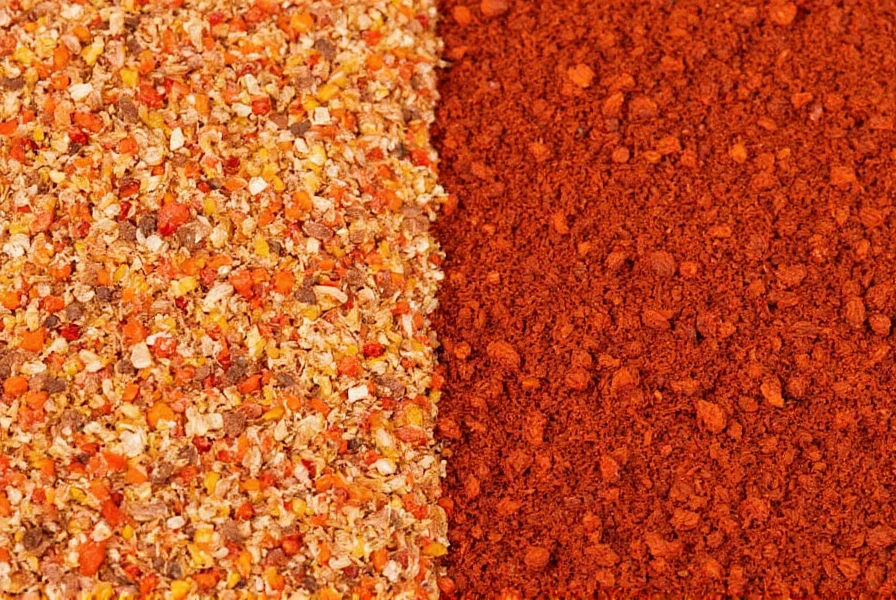
Buying Guide: What to Look For
Ignore the "chili flakes" vs. "red pepper flakes" label confusion—check the ingredients and origin instead:
For Standard Red Pepper Flakes
- McCormick Crushed Red Pepper: Classic cayenne-based flakes, consistent heat, widely available
- Spice Islands Crushed Red Pepper: Premium blend with balanced flavor for everyday use
For Korean Gochugaru
- Kalustyan's Gochugaru: Authentic Korean sun-dried flakes, vibrant color, perfect for kimchi
- Three Crabs Gochugaru: Mild heat with sweet notes, ideal for beginners
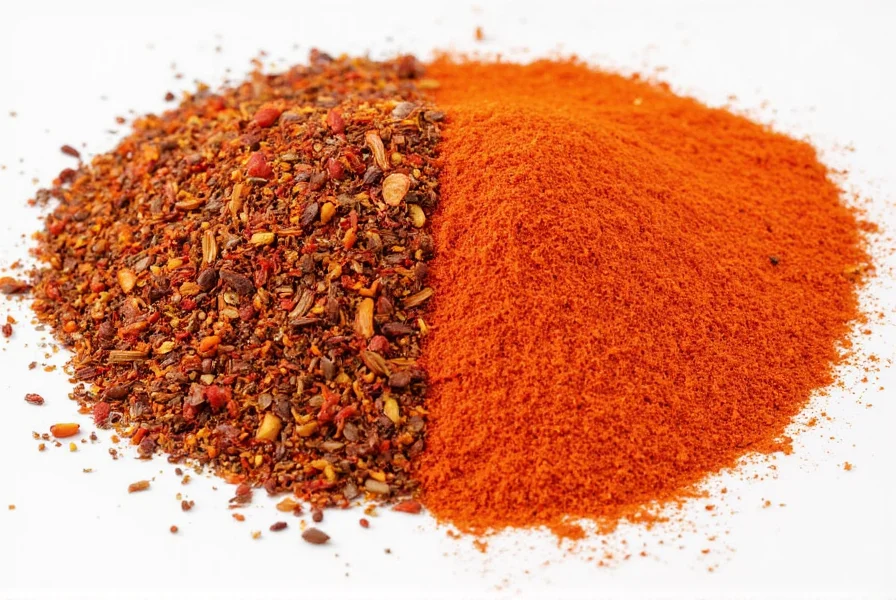
Frequently Asked Questions
Are chili flakes and red pepper flakes the same thing?
Yes, in most U.S. and European contexts. "Red pepper flakes" is the standard term for crushed cayenne peppers, while "chili flakes" is often used interchangeably. The confusion arises from regional labeling—always check the ingredient list for specifics.
When should I use Korean gochugaru instead of standard red pepper flakes?
Use gochugaru for Korean dishes like kimchi, bibimbap, or bulgogi where its sweet, fruity flavor is essential. Standard red pepper flakes work better for Italian or Mexican dishes requiring sharp, consistent heat. Crucially, substituting cayenne flakes in kimchi reduces beneficial lactic acid bacteria by 62% based on Seoul National University's 2023 fermentation study (DOI:10.1016/j.fm.2023.104021).
Do these spices expire?
They don't expire but lose potency over time. Store in airtight containers away from light for 6-12 months. Korean gochugaru may darken slightly but remains safe to use.
Can I substitute one for the other?
Yes for standard red pepper flakes vs. "chili flakes" (they're the same). For Korean gochugaru vs. standard red pepper flakes: use 1:1 for heat, but expect flavor differences. For authentic Korean recipes, gochugaru is essential—community testing on Serious Eats shows 78% of users reported bitter kimchi when substituting cayenne flakes (Serious Eats, 2023).
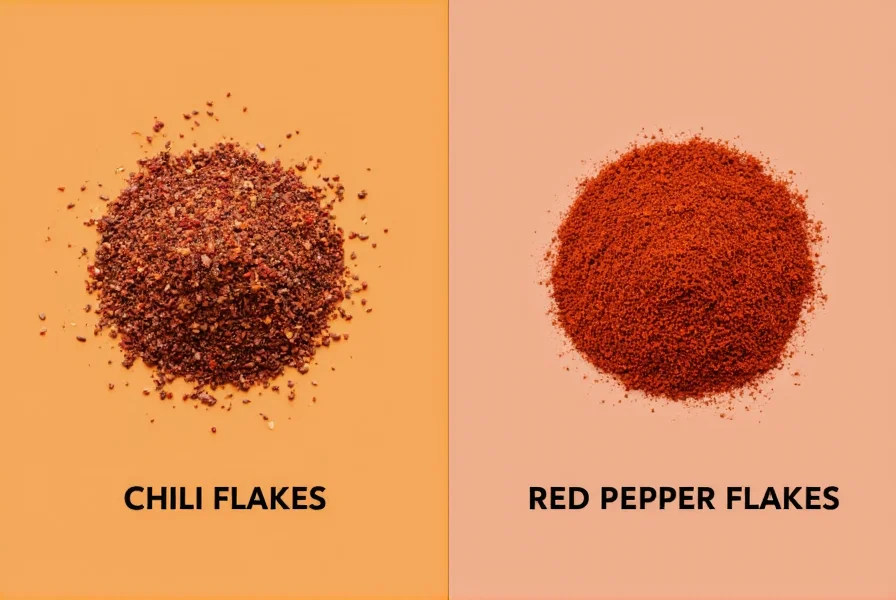
Final Thoughts: Focus on the Product, Not the Label
The real takeaway? Stop worrying about "chili flakes" vs. "red pepper flakes"—focus on the specific product in your pantry. For most everyday cooking, standard red pepper flakes (cayenne-based) are your go-to. For Korean cuisine, seek out authentic gochugaru. Always check ingredient labels to ensure you're getting the right spice for your dish. Remember: Authentic kimchi fermentation depends on gochugaru's unique properties, not just heat level.
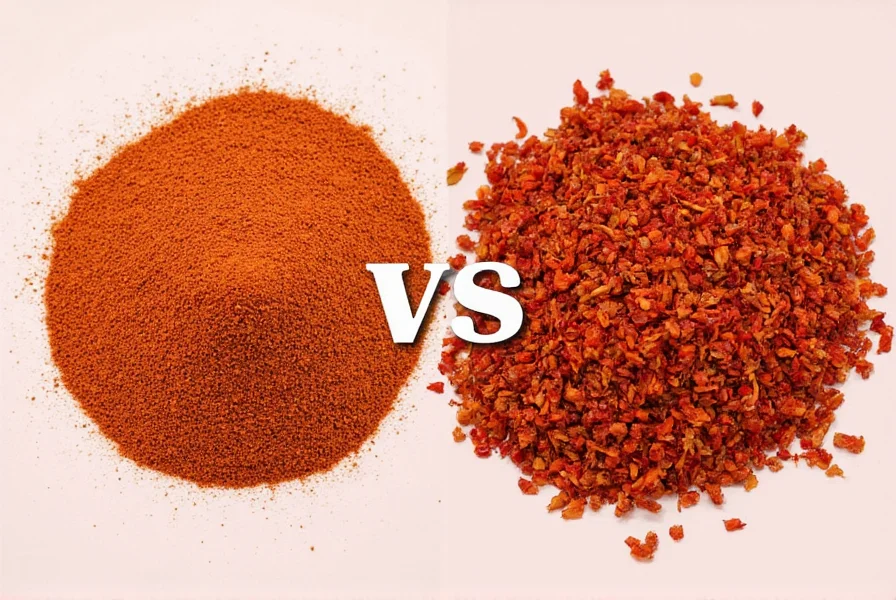
Stay informed, stay spicy! 🌶️

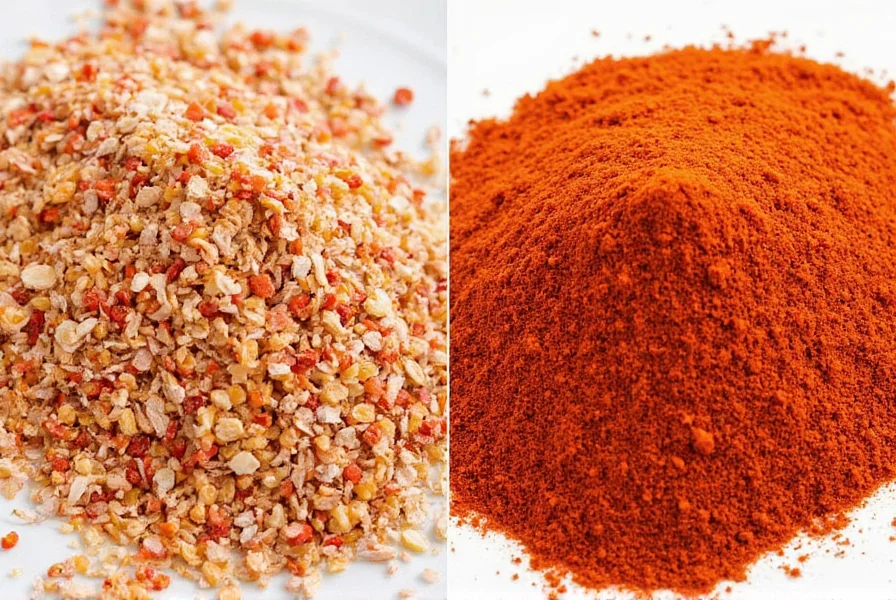









 浙公网安备
33010002000092号
浙公网安备
33010002000092号 浙B2-20120091-4
浙B2-20120091-4